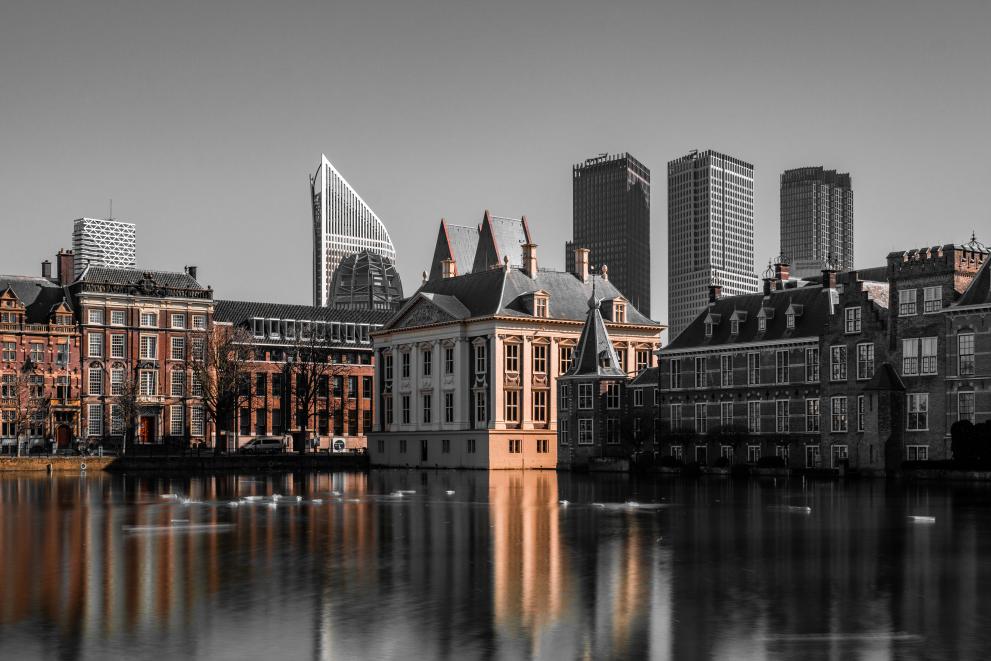
Many European cities are suffering from extreme precipitation, heat and drought. Due to its location, The Hague has one of the highest rainfalls in Europe. Moreover, because of climate change, extreme temperatures and dry periods are more common in summer, which causes an imbalance between water supply and demand. Wet periods cause localised flooding, resulting in nuisance and damage to public spaces and buildings. During dry periods, fresh water is needed to irrigate the plants in the urban green infrastructure.
To prevent flooding and conserve scarce drinking water in the dry months, The Hague collects and re-uses rainwater. With its goal of adapting to climate change by 2050, The Hague has been focusing on assessing its ability to cope with extreme weather events. In doing so, the city has become a pioneer in developing urban water buffers (UWBs).
The Urban Water Buffer
In early 2019, The Hague City Council joined the Nature Smart Cities consortium. A grant from the EU Interreg 2 Seas Programme was used to develop an Urban Water Buffer (UWB) as part of the redevelopment of the Cromvliet community park. The project was completed in 2022.
The UWB collects, purifies and stores rain and surface water. This increases the sponge effect of the environment and reduces the risk of waterlogging following severe downpours. During warm periods, the water is pumped up and used to irrigate vegetation in the urban farm and the park’s kitchen garden. This allows the plants to evaporate more water and produce additional cooling to ease temperatures during heatwaves.
Turning grey into green
Before its redevelopment, Cromvlietplein Square was an expanse of asphalt surrounded by fences. Because the aim for the new community park was to improve the liveability of the neighbourhood, the city council involved a wide range of local stakeholders in its creation. Residents, businesses and children were involved in the brainstorming phase to ensure their needs and desires were included in the development of the public space.
The involvement of all residents in the design of the water buffer was necessary to create a sense of ownership of a public space adapted to the effects of climate change.
The Hague's lessons learnt
With the redevelopment of the community park and the Urban Water Buffer, the neighbourhood has acquired a much greener space that benefits both citizens and the environment. Seventy new trees have been planted and 25,000 m² of greenery have been added. The roads have been narrowed and some footpaths have been replaced with plants and flowers. The city acknowledges that the collaboration with residents was one of the strengths of the project, since it fostered a sense of belonging and encouraged the local population to be more proactive.
Read the full case study!
Available in English and Dutch in our library!
Details
- Publication date
- 9 January 2024
